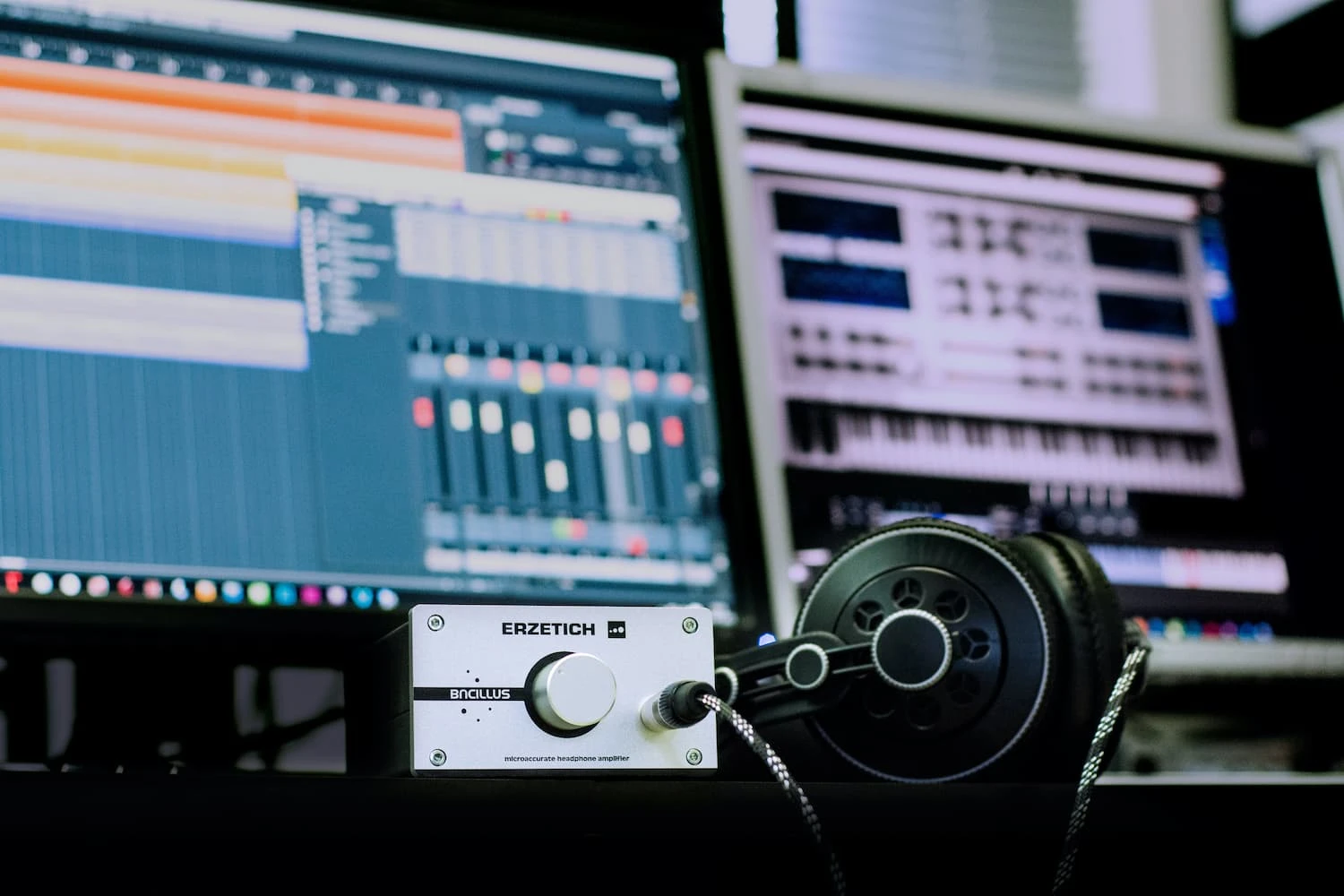Formatting and Exporting Files for Mixing and Mastering
When preparing your files for mixing and mastering, it's essential to ensure the format and organization are spot-on. Here's a guide to how I prefer to receive your files:
Audio Files as WAV
Export all individual audio files or stems as WAV files. Use the same sample rate and bit depth as the original recording session. My recommendation:
Sample Rate: 44.1 kHz
Bit Depth: 24-bitMIDI Instruments
If you're working with MIDI instruments like bass or drums, you can send these as MIDI files, which I can import into software such as Kontakt5.Synths and Strings
Synths and string sections should be exported as audio files. Ensure each instrument is on its own track. For example:
Violins, cellos, piano, and trumpets should all be exported separately as individual files.Naming Your Files
Give your files clear and practical names.Good Examples: "Sn T" for Snare Top or "Gtr Lead" for Guitar Lead
Avoid: Creative or cryptic names like "Diddle-diddle-diddliddle" or random lyrics. Names should be functional and recognizable, even for someone unfamiliar with your music.Stems for Live Use or Backing Tracks
If you need stems for a live setup or backing tracks, this should be arranged during the mixing process.Multiple Songs in One Session
If you're sending multiple songs, there are two ways to organize them:Export all tracks for each song separately, keeping them in individual sessions.
Export everything as one long session. For example: if Song 1 lasts 4 minutes and Song 2 lasts 3 minutes, all tracks should stretch to a total of 7 minutes. In this case, ensure the MIDI aligns with tempo changes and everything is correctly positioned on the timeline.
By following these guidelines, the process becomes much smoother, and the final result will shine. Let’s make sure your music gets the professional treatment it deserves!


